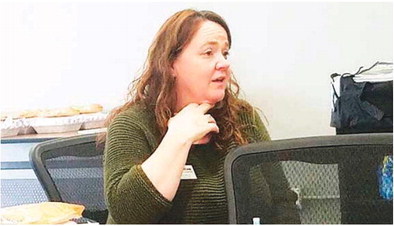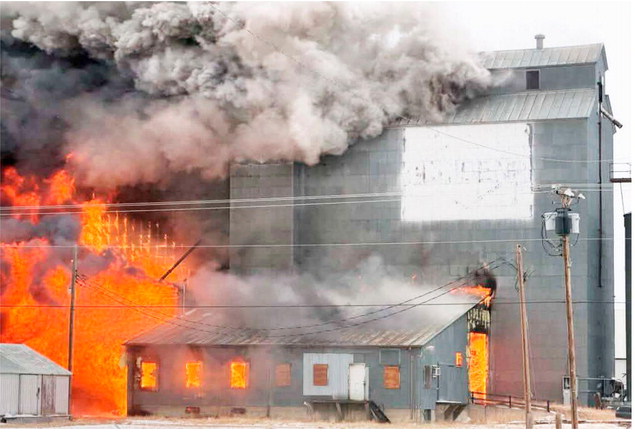Official Explains Benefits Of Cooperatives


Area residents heard about cooperatives and food hubs during a “Lunch and Learn” presentation held at the Wolf Point-GNDC Conference Room on Monday, April 12.
Tracy McIntyre, executive director of the Montana Cooperative Development Center, was the featured speaker. The organization is a statewide resource for new and existing cooperatives. Staff offers guidance to form and manage a successful cooperative.
McIntyre explained that there are between 130-140 cooperatives in Montana. They work with cooperative development specialists including the Great Northern Development Corporation in Northeastern Montana.
Cooperatives throughout the state provide 5,000 different jobs with an average annual wage of $79,900. Work by these cooperatives result in 23,480 jobs in Montana.
Areas becoming more popular since COVID include broadband, childcare development, grocery conversions and agriculture marketing.
McIntyre noted that cooperatives are universal and have been around since the time of Benjamin Franklin.
“The purpose and principles are user-benefit, user- owned and user-controlled,” McIntyre said.
Benefits of a cooperative include access to quality supplies and services; increased buying power and leverage; share in earnings; effective political action; and impact in local economy.
Cooperatives follow seven internationally recognized principles that guide their business conduct: Voluntary and open membership; democratic member control; member economic participation; autonomy and independence; education, training and information; cooperation among cooperatives; and concern for community.
Different types to cooperatives include cooperative association for profit, agricultural associate for non-profit, agricultural marketing association for non-profit and cooperative utilities, electric for non-profit.
For a cooperative, earnings or losses on businesses are allocated to members on the basis on the use they made with the cooperative during the year.
McIntyre said that food hubs are primarily for local and regional producers.
Different types of agricultural cooperatives include farm to business, farm to consumer and the hybrid model.


